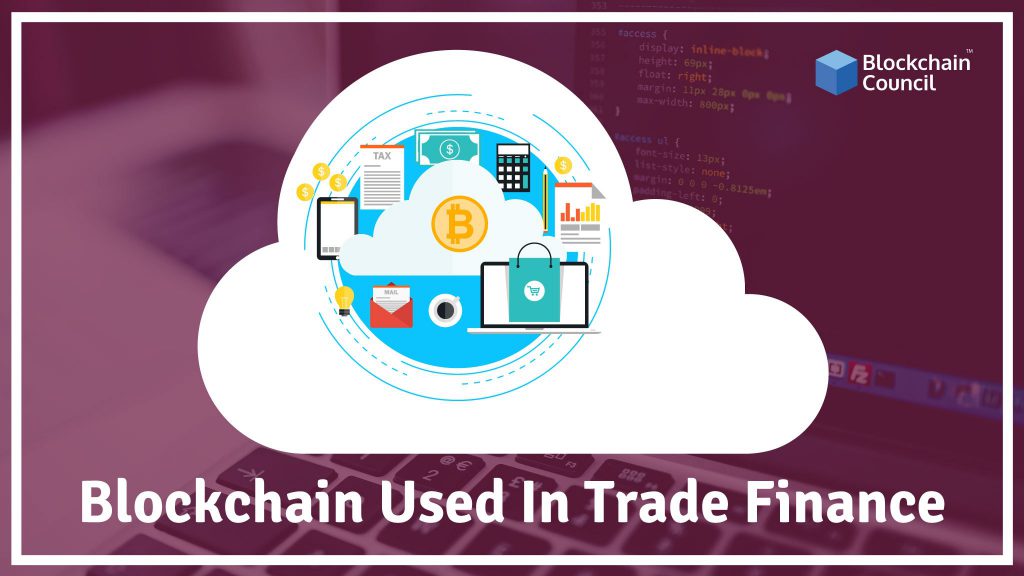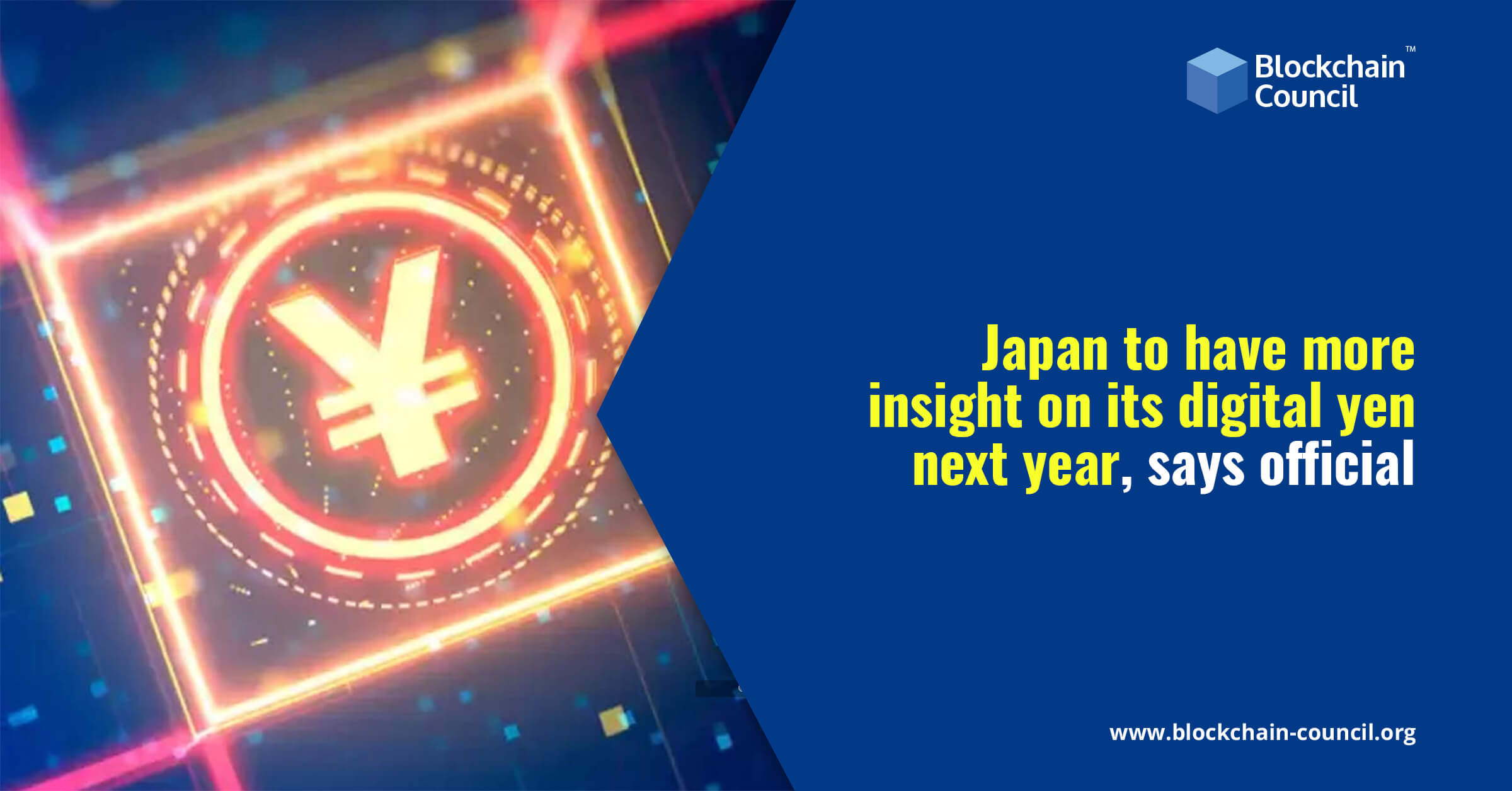
- Toshendra Kumar Sharma
- January 08, 2018
Though financial institutions and technology companies have experimented with trade finance for years, it has a slow progress. Despite automation advances in many areas of financial services, trade finance remains a largely paper-based, manual process. But it could be one area where blockchain technology will be successfully applied.
The project aims to simplify trade finance processes for SMEs by connecting all the parties involved. This includes the buyer, buyer’s bank, seller, seller’s bank and transporter, online and via mobile devices. This is expected to simplify the management, tracking and securing of domestic and international trade transactions. The app registers the entire trade process from order to payment, displaying it in a flowchart. Also, it guarantees payment when all contractual agreements have been met. The platform is fully automated and available 24×7. Therefore, the order-to-payment process is much quicker than the traditional exchange of documents. It also requires far less back-office administration.
How does it work?
While larger companies use documentary credit (such as a letter of credit) to reduce the risks of non-payment in a trade transaction, such an approach is not always suitable for SMEs or for companies that prefer to conduct open account business, whereby the goods are shipped and delivered before payment is due.
The DTC project is not the only attempt at applying blockchain to trade finance. Late last year, Barclays Bank claimed a world first of a global trade transaction conducted using blockchain. The bank facilitated a deal using a blockchain-based letter of credit between Ornua (formerly the Irish Dairy Board) and the Seychelles Trading Company. The deal guaranteed the export of almost $100,000 worth of cheese and butter.
US start-up blockchain company that was a member of Barclays’ 2015 New York Accelerator programme developed the technology behind the deal. Wave’s platform helps to optimise internal processes for banks and reduces the risk of documentary fraud. It reduces costs by accelerating the time it takes to complete a trade transaction – from as many as 20 days to just a few hours.





































































 Guides
Guides News
News Blockchain
Blockchain Cryptocurrency
& Digital Assets
Cryptocurrency
& Digital Assets Web3
Web3 Metaverse & NFTs
Metaverse & NFTs
